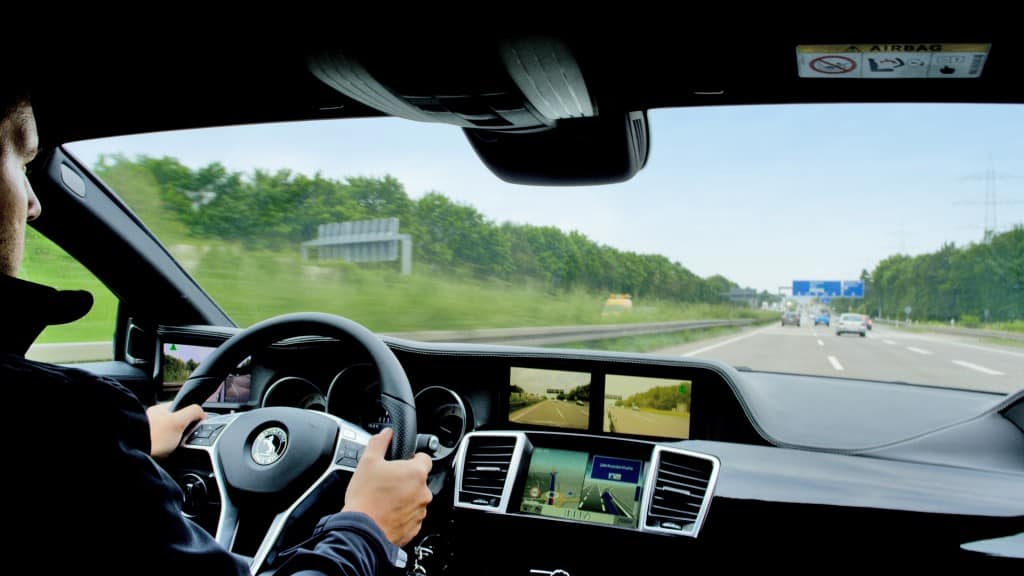 Side view mirrors drag down cars, make them heavier and consume more gas and space. Continental has an alternative to the side view mirror and rear view mirror connected 360-degree cameras, called advanced mirror replacement.
Side view mirrors drag down cars, make them heavier and consume more gas and space. Continental has an alternative to the side view mirror and rear view mirror connected 360-degree cameras, called advanced mirror replacement.
The side mirrors are replaced by small cameras and the center rear view mirror is removed completely. The views are displayed on the dash or HUD on monitors/screens.
Three cameras are installed for a surround view. In the HUD or upper dash are two screens with organic light emitting diodes (OLED). The screens give larger field of view without glare, traffic conditions with driver assistance functions.
The view eliminates blind spots and compensates for glare. The camera is much less susceptible to dirt and dust than mirrors and provides drivers better vision in poor light and rain.
In recent years, the side mirrors have been moved closer to the driver which cuts down the view for shorter people.
This system allows drivers of all heights to see what’s around them. I noticed when I was given a demo in a Mercedes-Benz outfitted with the technology, I was able to have a better view than than in most cars I’m short (5’2″). A tall person who is higher up can see more of what is behind the car than a shorter person. As cars are designed for larger people, it has become more difficult for me to adjust the passenger side mirror so that I can see it without moving the seat back. The Mercedes-Benz had a fully adjustable seat, when I was very close to the steering wheel I could see the monitor screens easily while I normally couldn’t see the right or left side mirrors well.
The cameras have a High Dynamic Range function (HDR) feature that reduces a bright sun on a white surface without glare and improves visibility at dusk.
The coated lenses of the side cameras are less sensitive than conventional mirrors and have a smaller surface area, so that the rearward visibility improved even in bad weather. The rear view camera has a cleaning function for the optics in the development.
The side cameras are place on small pyramid-shaped enclosures in the window triangle. The third camera is concealed in the mirror of the GPS antenna on the roof. From the three camera images a full view is created.
The elimination of the side mirrors reduces drag for less fuel consumption as well as better vehicle interior acoustics. The reduced width of the vehicle also makes it easier for drivers to use the left lane in tight two-lane road construction zones or when entering parking spaces or garages.
Initial field trials and a Continental-own study have shown that digital mirrors are preferred to conventional models. Human testers found that these images were easy to perceive and that the entire system was attractive to use.